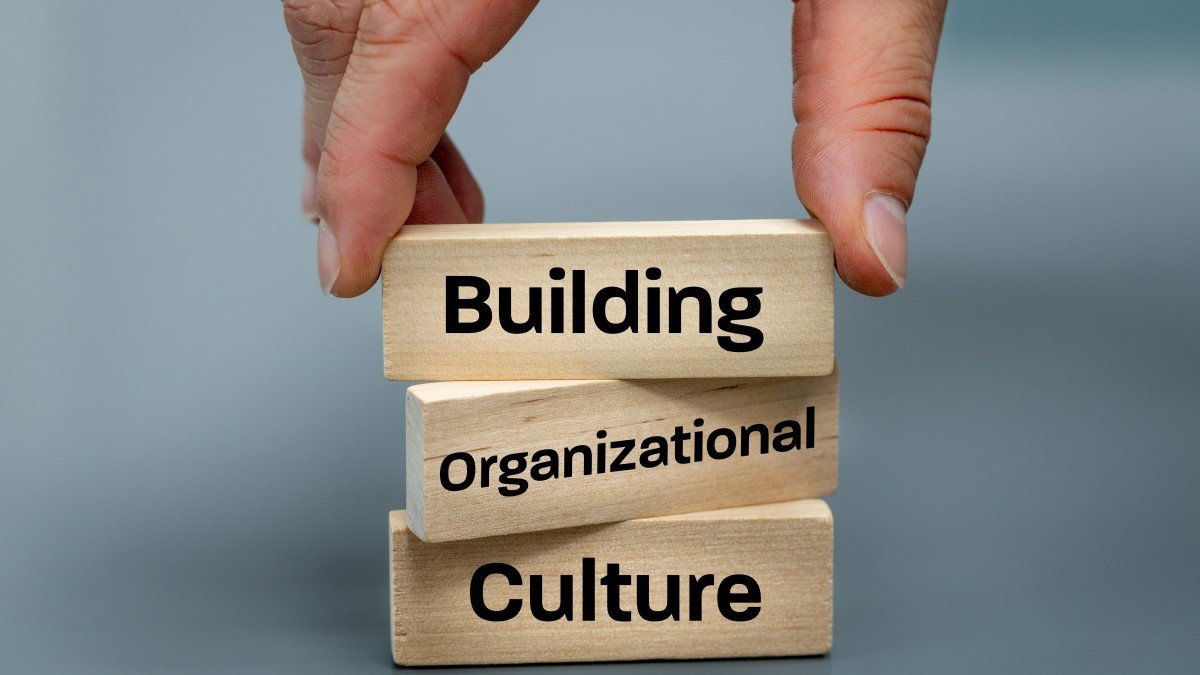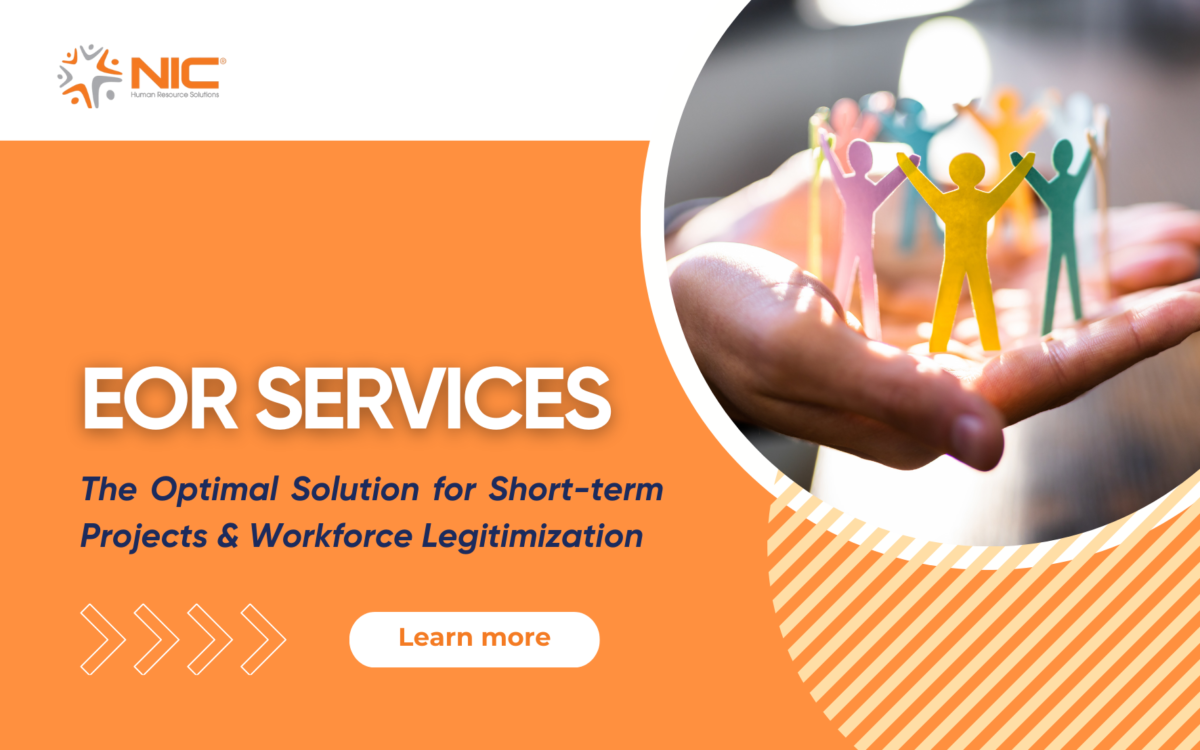Corporate culture, also known as “văn hoá doanh nghiệp” in Vietnamese, is an important factor for the success and sustainability of any business. It not only shapes the values, beliefs, and attitudes of an organization but also manifests in how people work together, deal with customers, and face challenges. This article will discuss the importance of corporate culture and how to implement it in various types of businesses.
Importance of Corporate Culture:
- Motivating employees: A positive and encouraging corporate culture can motivate employees. When employees feel that they are part of an organization with a common goal and shared values, they tend to work more effectively and commit to their work.
- Promoting creativity and development: Corporate culture can create an environment that promotes creativity and development. When employees are encouraged to come up with new ideas and experiment with different working methods, the business can grow and progress.
- Building reputation and customer trust: Corporate culture influences how customers perceive a business. A business with a dedicated and professional culture often attracts more customers and builds trust in them.
- Ensuring consistency in actions and decisions: Corporate culture provides a common framework for all employees. This helps ensure consistency in how they carry out their work and make decisions.

Implementation of Corporate Culture for Various Types of Businesses:
- Startups: For startups, it is important to identify and implement a corporate culture from the early days. This can start with selecting founders and employees who share common values and goals. Then, it is necessary to create a flexible and innovative working environment.
- Family businesses: In family businesses, implementing corporate culture often involves passing on family values from one generation to another. This requires agreement and understanding among family members about the importance of this culture.
- Large organizations: In large organizations, implementing corporate culture often involves multiple steps and requires strong leadership support. This may include building an education system about corporate culture, creating training programs, and establishing mechanisms to encourage employee participation and promote this culture.
- Multinational businesses: In a multinational environment, implementing corporate culture can be particularly challenging due to cultural and linguistic diversity. However, it can be ensured by building a common core culture that values and respects diversity.
Above all, corporate culture is not just an abstract aspect but a decisive factor for the success and development of all types of businesses. It requires commitment and support from all levels within the organization and should be regularly reviewed and updated.

Important components of corporate culture:
- Core Values: These are fundamental principles that form the foundation of corporate culture. Core values shape the decisions and behaviors of employees in all aspects of their work. They often reflect the organization’s vision and goals.
- Mission: The mission of a business defines its reason for existence and the core objectives it aims to achieve. This mission can provide guidance for all decisions and actions of the organization.
- Respect and Ethics: Ethics and respect are crucial elements of corporate culture. They ensure that employees and the organization operate in a proper manner, respecting each other, customers, and the community.
- Leadership: Leadership in corporate culture applies not only to top-level managers but to all employees. Leadership creates an environment of positive interaction, encourages innovation, and promotes personal development.
- Work Environment: The work environment includes the physical space, communication methods, and workflow processes. A comfortable and supportive work environment contributes to fostering a positive culture.
- Work Style: The work style of a business is reflected in problem-solving approaches, time management, and dealing with work pressures. It can be an important factor in the organization’s performance and final outcomes.
- Team: Building a collaborative team working culture is an essential part of corporate culture. The ability to work together, social interaction, and building healthy relationships among team members are crucial.
- Customers and Service: Corporate culture reflects how the organization treats customers. Focusing on customers, delivering quality services, and committing to meeting their needs are important factors.
- Development and Continuous Learning: Corporate culture encourages personal development and continuous learning. It ensures that employees have opportunities to develop skills and enhance their knowledge.
- Innovation: Businesses need to foster a spirit of innovation and creativity. This requires a willingness to experiment, embrace failure, and constantly seek ways to improve.
These factors together form the foundation of corporate culture and influence how employees work and the organization pursues its mission and goals. A strong and positive corporate culture often leads to long-term success and sustainability for the organization.

Steps to building corporate culture
Building a strong corporate culture involves a comprehensive and goal-oriented process. Here are the basic steps to construct a robust and fitting corporate culture for your organization:
- Define goals and core values: Clearly identify the organization’s mission and objectives. Create a list of core values that you want to embody in the corporate culture.
- Engage leadership and employees: Establish understanding and alignment between leadership and employees regarding the goals and core values. Leadership should demonstrate commitment and actively engage with the corporate culture.
- Develop a culture guide: Create an official culture guide document that outlines the specific values, principles, and goals of the corporate culture. Provide specific descriptions of how things are done, how people are treated, and the processes within the organization.
- Encourage communication and dialogue: Create opportunities for employees to discuss and provide input on the corporate culture. Organize regular communication meetings to ensure understanding and participation.
- Training and development: Provide training for employees on the corporate culture and help them understand and implement the values and principles. Encourage personal development and continuous learning.
- Foster a positive work environment: Create a comfortable work environment that promotes collaboration and creativity. Explore ways to make the workspace enjoyable and livable.
- Continuously assess and adjust: Evaluate the corporate culture through surveys, employee feedback, and organizational performance data. Based on this information, make adjustments and updates to the corporate culture as necessary.
- Appreciate achievements and contributions: Encourage and appreciate employees’ achievements and contributions to the corporate culture. Establish forms of recognition and praise.
- Lead by example: Leadership should demonstrate and uphold the corporate culture by living out the values and principles set forth. They should serve as role models for employees in implementing and embodying the corporate culture.
- Embrace change and continuous development: The corporate culture needs to evolve and adapt to changes in the industry and society. Be open to adjusting and developing the culture to meet new needs.
The process of building a corporate culture is an ongoing endeavor. It requires commitment from all levels within the organization and continuous maintenance to ensure that the culture reflects the goals and core values of the business.






